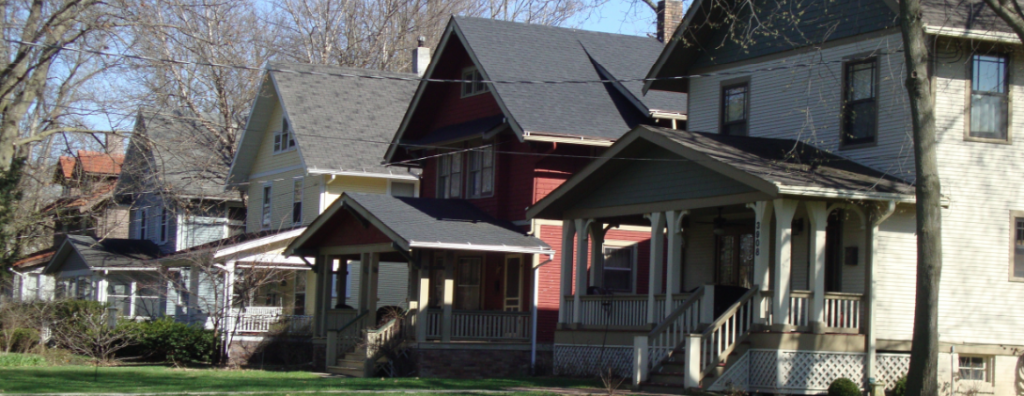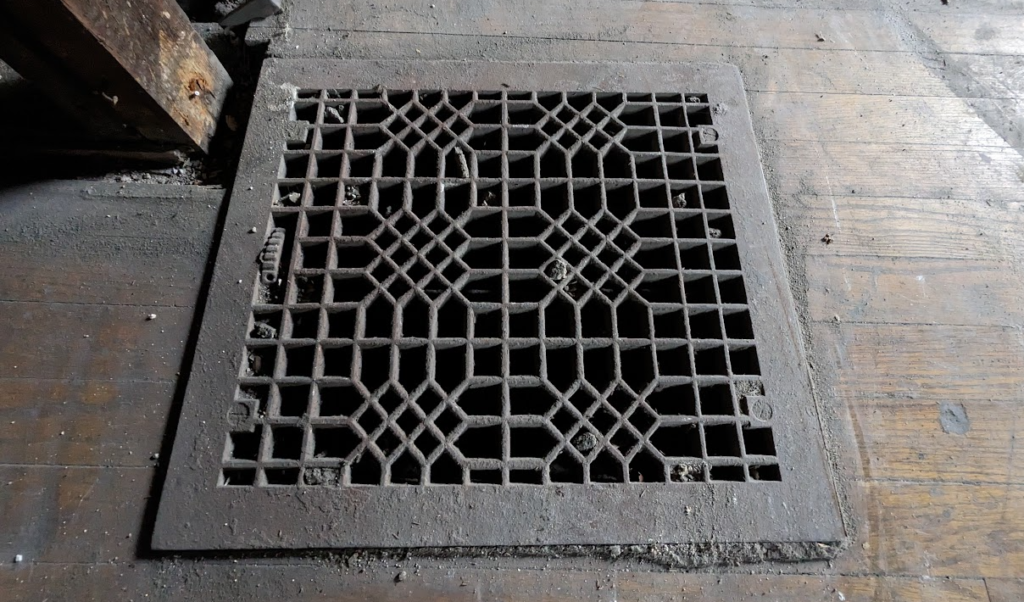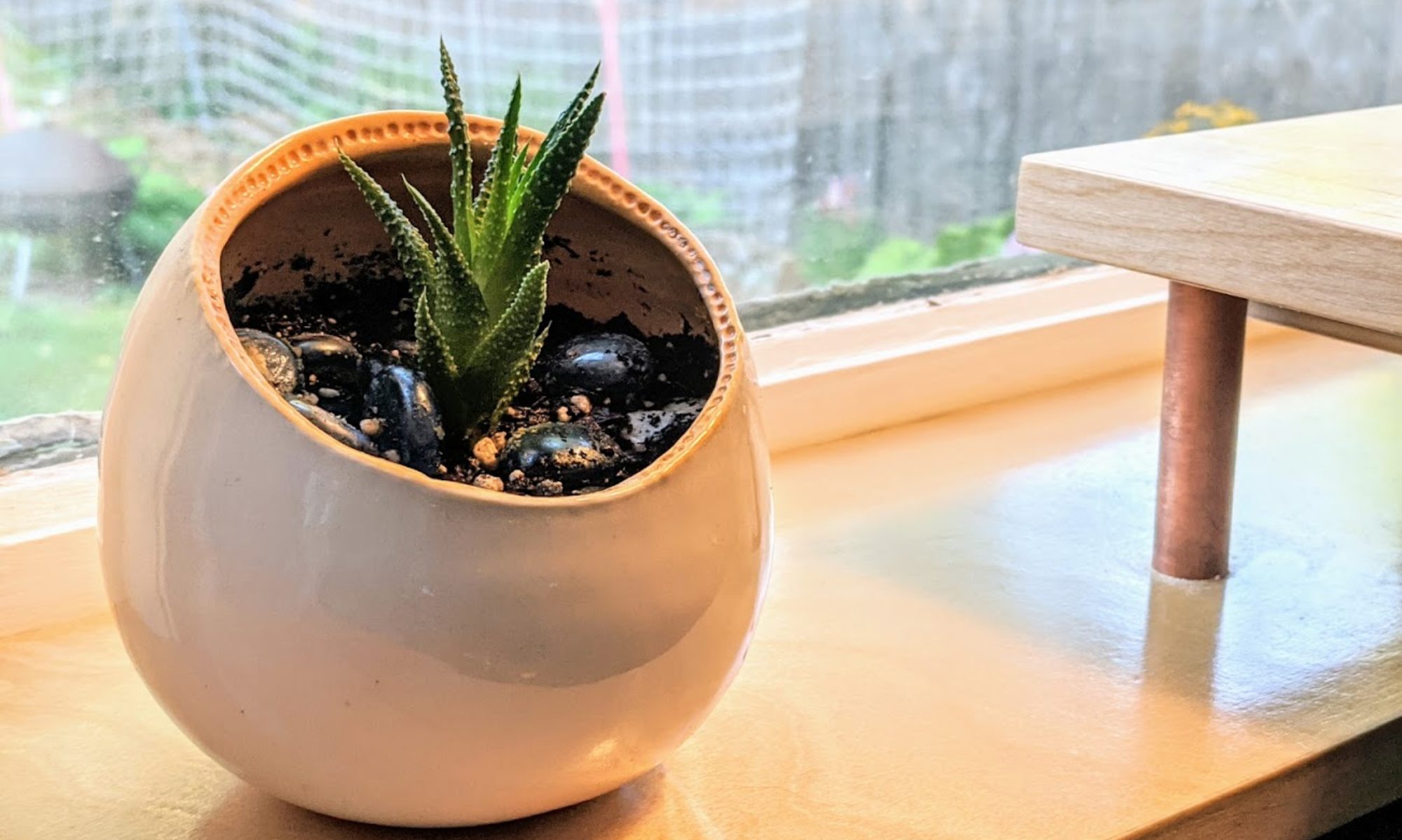I work a lot with old buildings: renovations and additions, adaptive reuse, historic preservation. I sometimes even (ahem) peek into abandoned buildings left open to the elements, just to gawk at the decay… and imagine what they might have looked like back in time. I marvel at the amazing materials and craftwork, joinery, trim, railings, windows made from old-growth wood, commonplace even in the most basic buildings.
Every old building has a story. But that story isn’t always visible, and it isn’t always compelling enough in and of itself to convince people that building is worth “saving”. Rehabilitation is often difficult to justify in economic terms. There are a lot of hurdles that make old buildings extraordinarily difficult to rehabilitate: structural deterioration, life safety and building codes, changing tenant/owner expectations, physical deterioration, hazardous materials like lead paint and asbestos, lack of qualified rehabilitation labor, economic forces.
When talking about old buildings, particularly with non-preservationists, it is critically important to avoid getting trapped in nostalgia. Why? Because not everyone sees inherent value in old buildings, particularly abandoned and decaying old buildings.
I am not immune to the nostalgia trap myself. When I look at even the scariest, most dilapidated, vacant buildings, I can’t help but see them not for what they are, but for what I imagine they might have been. Passion is a great starting point for preservation activism, but ultimately it is not convincing to the uninitiated.
I don’t view my own love of old buildings as a longing for times gone by – the “good old days” weren’t always so good. I’m a big fan of things like air conditioning, indoor plumbing, and cars. I also like open kitchens, walk-in closets, and fiber-cement siding. In this case a more pragmatic approach is called for – with the goal of bringing old buildings sensitively and carefully forward into a new century.
Unfortunately, when considering options for an old vacant building, the the path to demolition is often much clearer. Accordingly, the justification for reuse must be effective on both an emotional level and a practical level.
This is my best take:
– Context
– Narrative
– Craft, and
– Sustainability
Context
Buildings are not constructed in a vacuum. They exist in both historic and contemporary terms as part of a larger infrastructure network (roads and utilities), economic system, and social environment. While individual buildings can tell a compelling individual story, context refers to the information we can glean from the aggregation of buildings into neighborhoods.
This context is an important component for three reasons:
– Context provides the physical framework for documenting our shared history.
– Context provides the lens through which we interpret our shared history.
– Context builds economic value based on consistent standards.

For example, a whole street of homes can give clues about the larger historic forces at work. Think for a moment about the information you can glean from this image. It is a street in the Drake neighborhood of Des Moines, and a few blocks from my own house. It was developed in the early 1900’s to 1930’s as part of the City’s westward expansion, driven (so to speak) primarily by streetcar access to downtown and the development efforts of the namesake Drake University.
From the context, one can derive an understanding of how the Des Moines “streetcar suburbs” developed – large open front porches, consistent street edge, Craftsman aesthetics and material palette, double-hung windows, the spacing between homes. The only way to understand this story is by looking at individual buildings in context.
The same goes for historic downtown buildings, “Auto Row”, warehouse district, neighborhood commercial node, office blocks… each of these contexts only works when the historic buildings are taken together as a whole. Demolition of historic buildings negatively impacts the value derived from context.
Narrative
We all love a good story! Clearly, personal history (or what I call “narrative”) is important to people: Witness the explosion of social media, scrapbooking, genealogy, and the never-ending procession of high school reunions.

A friend of mine purchased a bungalow and is moving piece by piece through a long list of renovation items. After pulling out what she originally thought were rags stuffing a crack in the foundation wall, she found she had actually discovered the key to a narrative treasure chest: aprons, slips, pants, long underwear, and a child’s dress. Dating the clothes by style, she determined that the girl’s dress likely belonged to a family that lived in the house during the 30’s or 40’s.
Sure enough, a little research in the historic City Directories at the central library led her to a specific owner with a young daughter between 1941 and 1945. The mother’s obituary listed the daughter (who appears in the photo in the middle) Judy by her married name and living in a small town in Michigan. A Google search indicated that the daughter, now 70 years old, was still living in that same town. The two have corresponded several times since. My friend now has copies of several historic photos of the house and an oral history of what it was like living there 65 years ago!
It is this type of narrative that makes a building come alive with meaning, and in turn adds meaning to our own lives.
In a time when buildings are often viewed as short-term investments or tax write-offs – a step to a bigger and better house in a more prestigious subdivision, a way to make a quick buck – this compelling narrative can make us step off the real estate merry-go-round and appreciate a building not just for providing us with a roof over our heads, but as a connection to the past that grounds us in appreciating the present.
Craft
Here’s the hard truth: New buildings are rarely as durable as old buildings.
Construction materials and methods, of course, change over time with evolving tastes and technologies. It is important to recognize that as our material technologies have evolved towards so-called “engineered” products, we have made two big tradeoffs:
1. Durability for low cost
2. Professional craft for ease of initial of installation.
In both of those, I see a net loss. Not only are we using less-durable materials, but we depend heavily on adhesives rather than joinery and fasteners.

The biggest loss in craft and sustainability occurred at the mass adoption of “planned functional obsolescence” as a construction approach and its sibling “Maintenance Free”. Of course, it is important to note that “Maintenance Free” materials still need to be maintained – it just means that when they eventually break they can’t be repaired. They need to be replaced.
A great example is the double-hung window. We have gone from building simple windows that with proper maintenance can last hundreds of years to extraordinarily complex windows that last 10 years. It’s unlikely that any manufacturer will still be producing the same proprietary tilt-in sash clip for a spring-loaded counterbalance in 25 years.
On the flip side, a standard historic double-hung wood window sash can be retrofit with readily available replaceable gaskets and weatherstripping to become much more energy efficient. Rope and chain have been made for thousands of years and will likely continue to be made in one form or another for thousands more. The sash itself can be maintained with readily available items, and major repairs can be performed as needed without replacing the entire window.
The economics of a “repair it” system are clearly evident at the local level where renovation money goes to skilled craftspeople instead of external product manufacturers.
Recent advancements in building technology are too numerous to count. We are on the brink of an energy efficiency revolution, pushing towards buildings that actually produce energy rather than consuming it. Indeed, energy is the new front where I think we can gain back some of the ground that has been lost in other building craft areas.
Sustainability
Naming the concept of “sustainability” as a stated goal is a relatively recent invention. Sustainability can refer to any number of elements. Some of them include:
– Energy consumption (The energy used over time to heat and light the building)
– Material lifecycle (Durability of the building)
– Proximity (Time and energy cost of transportation to work, school, and entertainment)
– Density (Efficiency in providing services)
– Embodied energy (the energy it took to create the building in the first place)
The idea of Sustainability in older buildings works at three levels: Individual building, infrastructure, and socioeconomic. Renovation is inherently “green”.
At the individual building level, extending the useful life of a structure through renovation allows us to improve energy efficiency while minimizing use of new-source construction materials.

On a larger scale, renovation and preservation (particularly in urban areas) allow us to better utilize existing infrastructure and provide services more effectively to more people.
Finally, socioeconomic sustainability. I’ve discussed the loss of craft as a negative impact on the physical structure, but it also has a negative impact on communities in terms of employment and tradition. Renovation in general and preservation in particular are labor-dependent. That is, a greater percentage of the project cost in a renovation project is paid as wages rather than materials. Wages equal jobs.
This is one of the reasons that historic tax credits are such a great economic development tool in addition to their effectiveness at promoting preservation.
Implications
Some people believe in the inherent value of old buildings, but many do not. Not every building can be “saved”… but most can. Sequel Architecture can help evaluate feasibility, identify hurdles, and prepare achievable strategies for rehabilitation of historic buildings.
Think about these questions:
– What makes a building “historic”?
– Does a building have to be individually significant or architecturally unique to be worth preserving?
– How dependent on its physical context is a historic building?
– Is there ever a case under which a historic building should be demolished?
– Is it acceptable to alter the interior of a historic building if the outside appearance is preserved?
– Should there be restrictions on what property owners can do to historic buildings?


